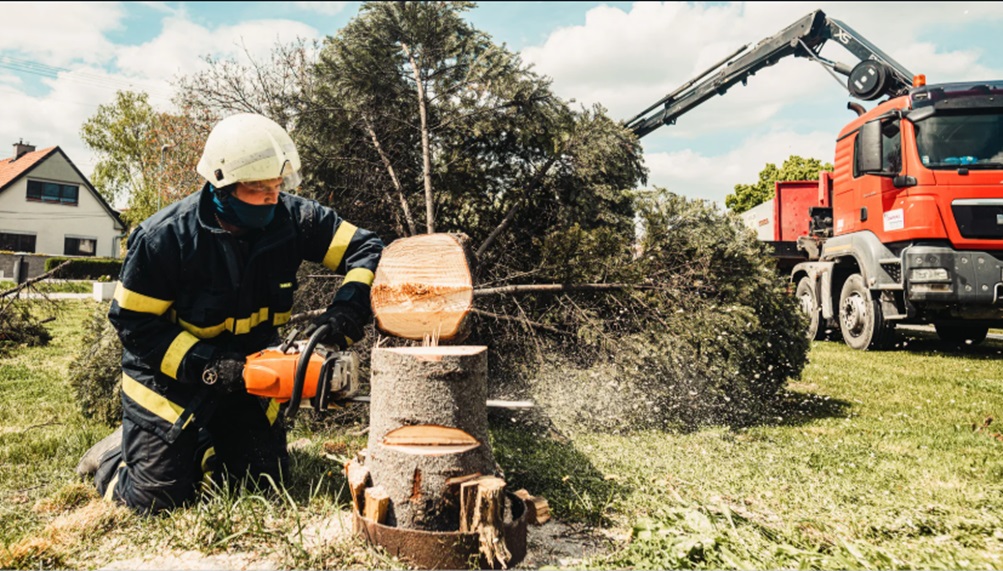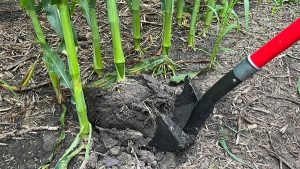
After having a tree removed, homeowners are often left with a difficult decision—what to do about the stump. While some might ignore it, stumps can pose safety risks, attract pests, and detract from your yard’s appearance. That’s where professional services like stump grinding in Des Moines come in, offering a reliable solution to manage leftover tree stumps efficiently. But how do you decide between stump grinding and full stump removal? Understanding the differences can help you make the best choice for your yard and landscape goals.
Understanding the Basics: Stump Grinding vs. Stump Removal
Before choosing between the two methods, it’s important to understand what each process involves and how they differ in terms of outcome, cost, and effort.
What Is Stump Grinding?
Stump grinding involves using a specialized machine to grind the tree stump down into wood chips. The grinder shaves the stump below ground level, leaving the root system intact but making the area suitable for covering with soil, grass, or landscaping materials.
This method is efficient and minimally invasive to the surrounding landscape. It’s especially useful if you want a quick solution without extensive digging or disruption to your yard. Stump grinding typically leaves behind mulch that can be reused around your property, adding to its eco-friendly appeal.
What Is Stump Removal?
Stump removal, on the other hand, involves extracting the entire stump along with the root ball. This is a more aggressive method and often requires heavy equipment to dig deep into the ground. Because of the extensive work involved, it’s usually more expensive and time-consuming than grinding.
However, stump removal is ideal if you’re planning to build, landscape, or plant in the exact same spot since it eliminates the entire underground structure of the tree. While it leaves a larger hole in the ground, it also ensures that there’s no chance of regrowth.
Factors to Consider When Choosing
Choosing the right approach depends on your long-term plans for your yard, as well as budget, time constraints, and the type of tree stump.
Landscape Goals and Usage
If your goal is to replant or construct something where the tree once stood, stump removal is usually the better choice. But if you simply want the stump gone to improve aesthetics or prevent tripping hazards, stump grinding is more than sufficient.
Tree Species and Root System
Some trees have widespread root systems that make full removal a more challenging task. In such cases, stump grinding might be a more practical option, as it avoids deep excavation and minimizes disturbance.
Budget and Timeline
Stump grinding is generally more affordable and quicker to complete, making it the preferred choice for many homeowners. It’s ideal when time and budget are key considerations and when complete removal of the roots isn’t necessary.
Making the Right Call for Your Yard
Deciding between stump grinding and removal ultimately comes down to what you plan to do with the space and how much you’re willing to invest in the process. For many homeowners, stump grinding offers the perfect balance of convenience, cost-effectiveness, and minimal disruption—especially in residential areas where preserving existing landscaping is important.
Conclusion
Whether you opt for stump grinding or complete stump removal, addressing leftover stumps is essential for a safer, more attractive yard. Each method has its pros and cons, but for most routine residential needs, stump grinding provides an efficient, professional solution. Consult with a local expert to assess your specific situation and take the next step toward enhancing your outdoor space.








